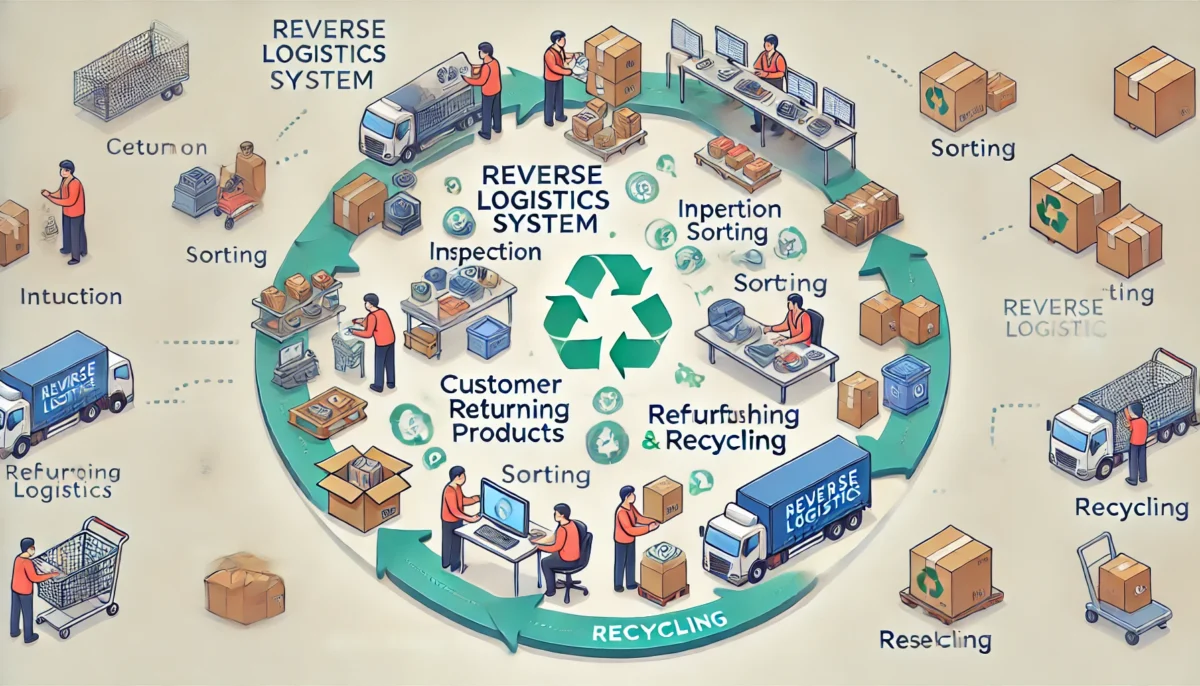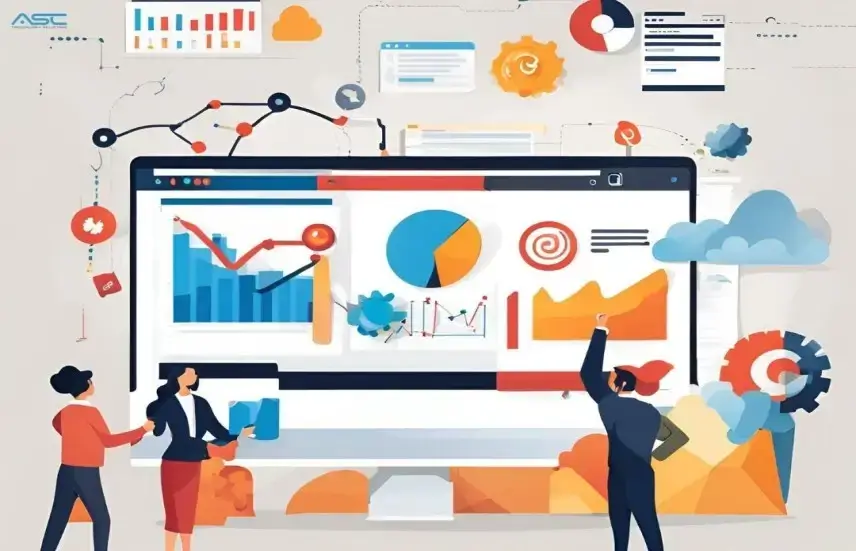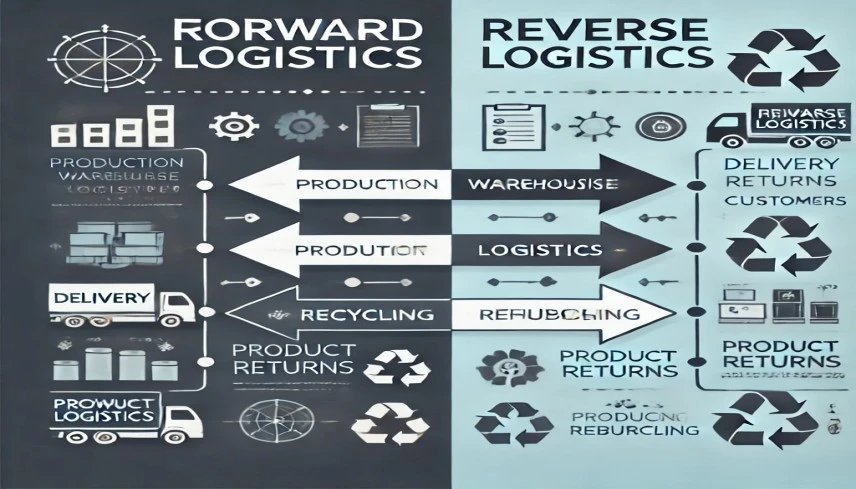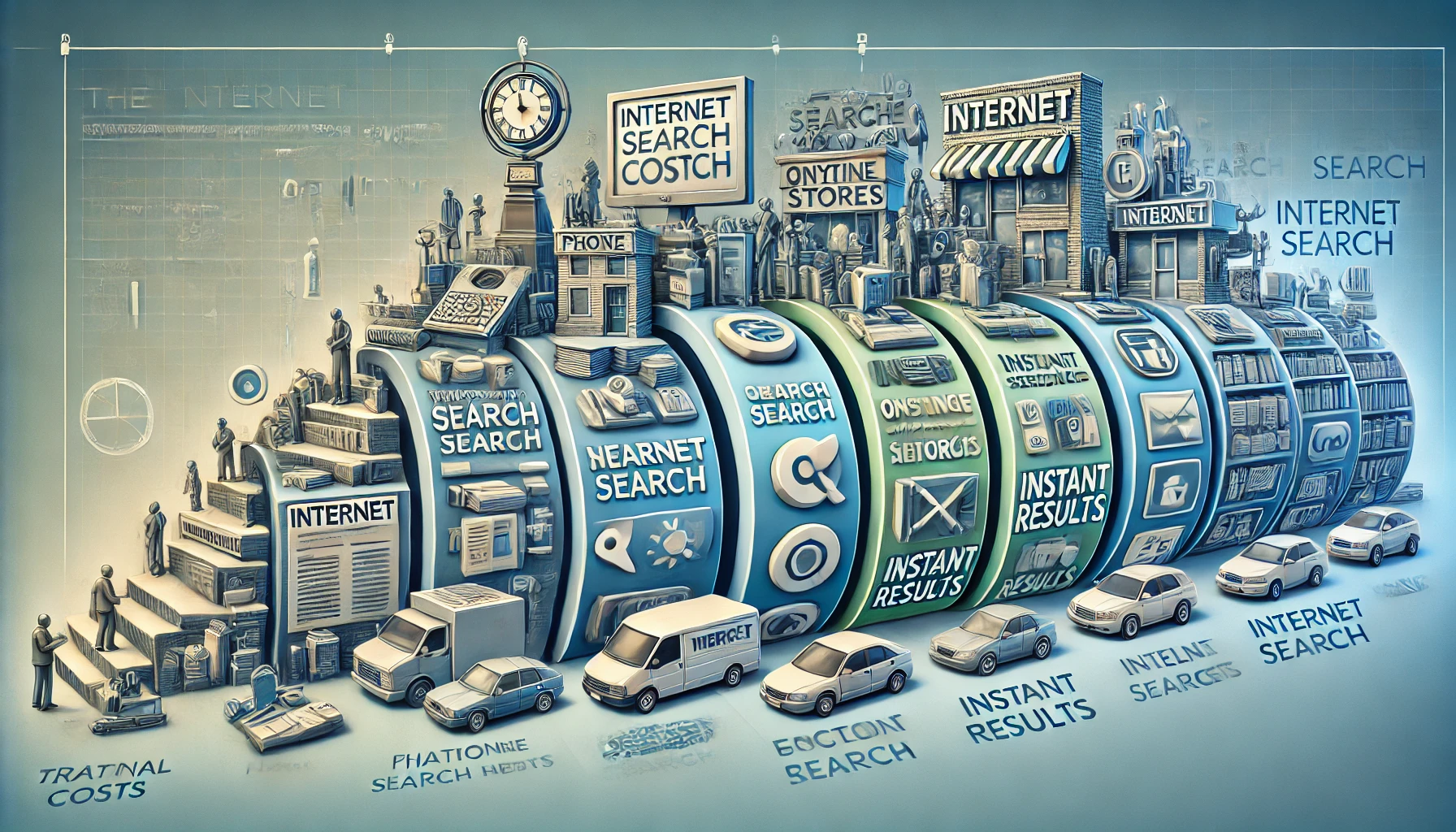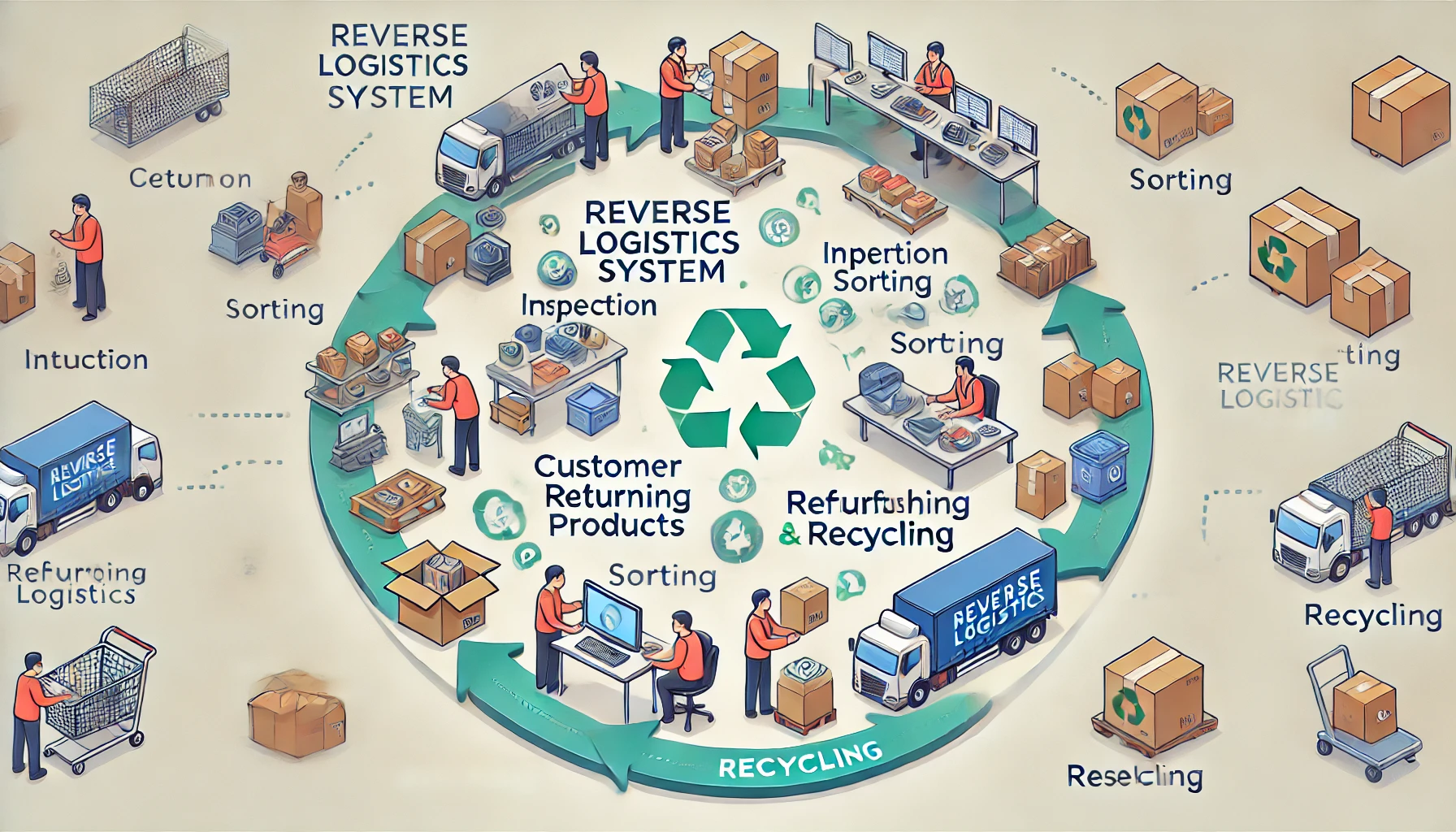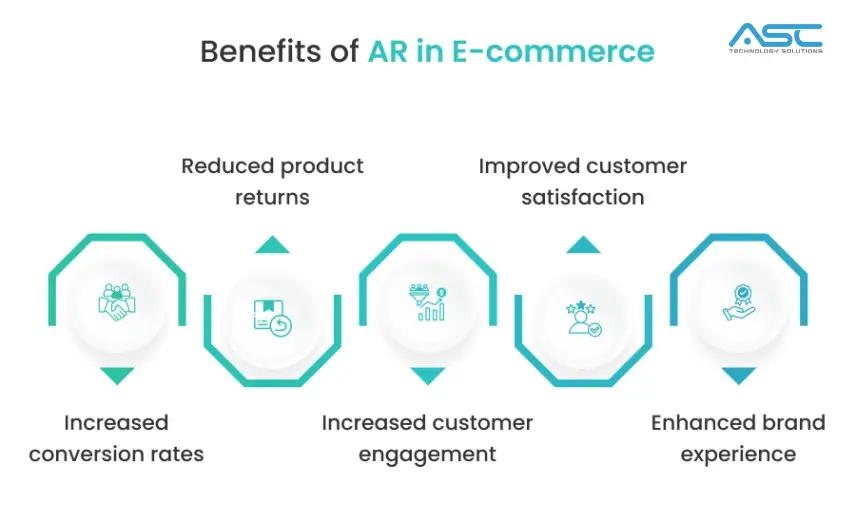In the world of supply chain management, logistics typically focuses on the movement of goods from manufacturers to consumers. However, how does it work when the products have to be returned or even recycled? This is where reverse logistics come into play. With the increasing attempts to maximize efficiency and minimize costs that many companies make, reverse logistics is a mandatory process. Reverse logistics includes managing the return, recycling, refurbishment, and other activities making the process an effective tool to minimize wastage and enhance customer satisfaction.
In this blog, we will try and understand what reverse logistics is, the different types of reverse logistics, why reverse logistics has become a necessity for today’s businesses, and how ASC software Solutions can assist businesses to improve on their reverse logistics process.
What is Reverse Logistics?
Reverse logistics is the process of returning goods from the consumer back to the distributor to the manufacturer for reasons ranging from repair, recycling or disposal. In contrast with traditional logistics where the concern is how to get the goods further in their cycle, reverse logistics looks at how to get the product back in the cycle for reasons such as rejection by the customer for the product being faulty, the need for a warranty, recycling, excess stock or may more.
The main aim of reverse logistics is to recover some value from returned or unused products and at the same time, the process should be efficient inexpensive and environmentally sound. Some of the high-level benefits that companies can gain by focusing on reverse logistics include better customer satisfaction, better environment control, and possibly lower total expenses.
Types of Reverse Logistics
Reverse Logistics can bring various processes, depending on the nature of goods and the reasons for their return or redistribution. Below are the common types of reverse logistics
1.Returns Management
This involves customer returns management to be effective. If the product is defective, the customer does not want it, or the customer is simply duped, then, there must be a way to take back the product, examine it, and determine whether it will be returned to stock, repaired or disposed of.
2.Refurbishment and Remanufacturing
In this process, any product that has been returned or used is stored so that it can reused as a new or second-hand product. This is especially seen in the production business like the electronics and automobile manufacturing and assembling lines where products can be recategorized and disposed of cheaply after some downgrading.
3.Recycling and Waste Management
This aspect of reverse logistics refers to the process of recovering materials for reuse, refusing the material, and the process of disposing of product property. Appliances that electronic companies for instance have programmes to ensure that they dispose of the old gadgets in an environmentally friendly manner.
4.End-of-Life Disposal
Once the products are beyond their useful life, it becomes difficult to reuse them and companies need to have proper ways of disposal for such products. Such steps may be taken in the course of reusing components of the products or proper elimination of the hazardous substance.
5.Unsold Goods Management
Uncertain and excessive products can be returned to the provider through reverse logistics, where the business sells them to a different market or a discount store.
Why Reverse Logistics is Required
The concept of reverse logistics has emerged as a crucial requirement in the world that is rapidly turning customer-oriented and conscious about the environment. Here are some key reasons why reverse logistics is crucial:
1.Improved Customer Satisfaction
Proper reverse logistics management is required to ensure that returns are processed without much hassle. This results in customer loyalty and trust due to confidence given to the business organisations, where customers believe that they can always return a product if not wanted or exchange it if the size is wrong if the colour does not meet their expectations, or any other complain can be
2.Regulatory Compliance
There are several restrictions in industries when it comes to the disposal and recycling of products, where treated products are involved. Reverse logistics helps business organisations stick to these regulations and avoid penalties of the law.
3.Cost savings
Reverse logistics can be termed as good when used to extract value from products that are returned to the manufacturer. Products that are sold returned or that have recycled aspects can create increased streams of income making the cost of operation low.
4.Efficient Inventory Management
Reverse logistics assists companies in terms of managing their inventory because they know how to deal with returns and damaged and unsold products. This minimises the possibility of having unused or standard products in the warehouse and as a result, makes it easier for the storage houses.
How ASC Software Solutions Can Streamline Reverse Logistics
To effectively manage reverse logistics, businesses require a robust system that can handle the complexities of product returns, refurbishments and recycling. This is where ASC comes into action, we offer cutting-edge technology to optimise reverse logistics processes. Here’s how ASc Software Solutions can help:
1.Custom Reverse Logistics Management
In case a business deals with returns, repairing, or recycling of products, ASC’s customised software enables an organisation to detect and control the circulation of goods between the buyers and suppliers or manufacturers.
2.Automated Return Processing
ASC’s automation tools have the potential to minimize the level of involvement by the management in the returns processing. With the help of such an automation process, companies can easily manage and handle returns, establish the state of products, and identify whether these should be sold as is, returned for repair, or directly discarded.
3.Real-time Tracking and Data Analytics
By adopting ASC’s solutions, businesses can begin to see the supply chain or reverse logistics in action. A real-time tracking solution ensures that each method of reverse logistics has real-life tracking and that data analysis provides insight into the return rate of products, defects customer habits etc.
4.Inventory and Asset Recovery Optimisation
ASC’s software ensures that the collection of returned stocks can be managed and the company’s assets are protected. Companies realise that by determining which can be refurbished or resold, they can create value and minimise waste, thereby improving their profits.
Reverse Logistics: A Key to Business Success
Many organizations used to consider reverse logistics an afterthought, but it has become an integral aspect of the contemporary supply chain process. The effective management of returns and repair as well as recycling is not only an opportunity to increase customer satisfaction but also to restore the value of the products.
ASC Software Solutions provides industries with the best solutions that enhance reverse logistics by managing returned products effectively and by reducing costs as well as minimizing the impacts on the environment. However, if your business is thinking on the next level in handling reverse logistics, then ASC Software Solutions is available for your firm’s requirements.
So if you need an upgrade to your reverse logistics, please feel free to contact ASC Software Solutions for more information on how we can assist you enhance your reverse logistics chain.
